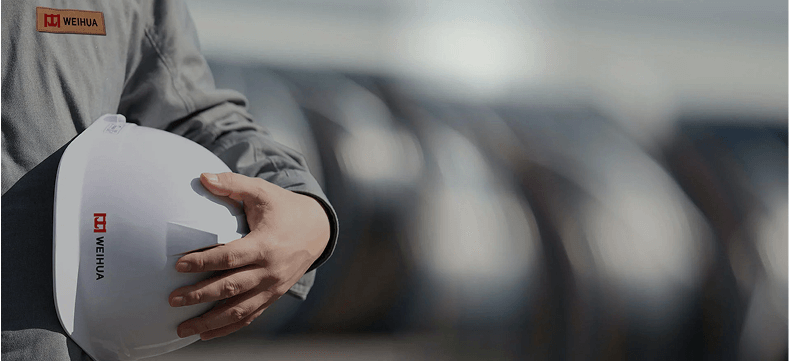Crane trolley wheels are suitable for bridge cranes, gantry cranes, casting cranes, box cranes, slab handling cranes, steel coil clamp cranes, electromagnetic cranes, etc. in metallurgical plants. As a key load-bearing and moving component, the performance characteristics of crane wheels directly affect the operating efficiency, safety and life of the crane. The following are its main performance characteristics and detailed descriptions:
High load-bearing capacity
Features: Able to withstand the deadweight, rated load and dynamic impact load of the crane.
Implementation: Use high-strength materials (such as alloy steel ZG55, ZG42CrMo, etc.), and improve hardness and toughness through heat treatment (quenching + tempering).
Standard reference: Usually in accordance with ISO 4306 or FEM standards, the load capacity must match the crane working level (such as A3-A8).
Excellent wear resistance
Features: Resist rail friction and rolling contact fatigue, and extend service life.
Technical measures:
The hardness of the wheel tread reaches HB300-400 (HRC45-55 after quenching).
Use special processes (such as surface high-frequency quenching and carburizing treatment) to enhance the wear resistance of the surface.
Influencing factors: Track material matching (such as QU70/QU100 rails), working environment (dust, humidity).
Safe and Reliable
Designed and manufactured in strict accordance with national and international standards (such as JB/T 6392.2, FEM, and DIN).
Each batch of raw materials undergoes physical and chemical testing, and key components undergo non-destructive testing (UT/MT) to ensure internal defects and eliminate safety hazards at the source.
High precision and smooth operation
The wheel tread and flange are precision-turned and ground to achieve high dimensional accuracy and strictly controlled geometric and positional tolerances.
This ensures smooth trolley operation without wobble or rail gnawing, reduces noise, and extends rail life.
